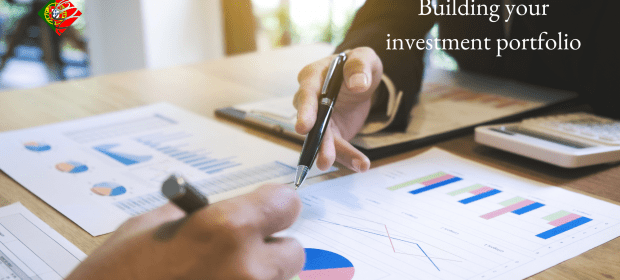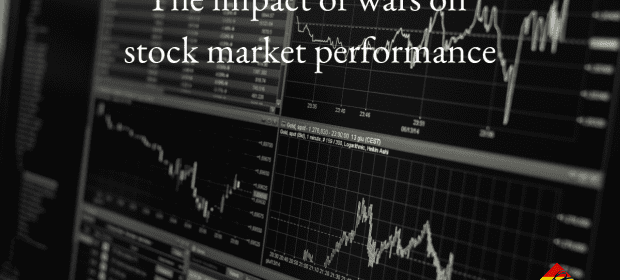I hope you are well and managing to keep cool, stay safe and ‘push back’ a little if possible. This month we cover the following topics (if there is anything you would like to understand more or would wish to see covered in these Newsletters don’t hesitate to ask):
- Covid Update (the last one ?)
- Golden Visa Changes in Europe
- An Update on having a UK bank/investment/building society account
Covid Update
A quick Covid update to start things off – The Catalan health department have announced that people who have Covid-19 symptoms will be able to request an automatic 5-day sick leave. This announcement was made as a response to the seventh wave of Covid here in Catalonia, which has seen an increase in visits to primary care centres. The measures allow residents of Catalonia to fill out a form on the website of the Catalan health department, ‘La Meva Salut’, explaining why they feel ill.
The measures will not require a Covid test to be taken, and will be automatically lifted on the fifth day. This could prove particularly beneficial for those who are sick and cannot work remotely. The idea behind the new measure is to simplify the process and reduce in-person paperwork for someone who may not be able to attend a health centre.
Golden Visa Changes
The European Parliament is considering implementing changes to the ‘golden visa’ scheme, which is prevalent in many EU countries, including Spain. The scheme allows families who invest over €500,000 into residential property or qualifying investment schemes to receive citizenship and/or residency in the respective country.
Some MEPs have demanded a ban on ‘golden passports’ and specific rules for ‘golden visas’ to fight money laundering and corruption. MEPs have become concerned that EU membership is for sale and have pledged to regulate this area throughout Europe. This includes stringent background checks, reporting obligations for member states and requirements surrounding minimum physical presence in the country for applicants.




















